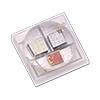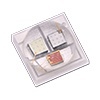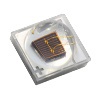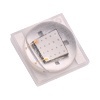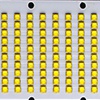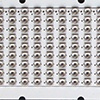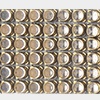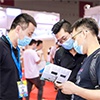LEDs in Endoscopic Narrowband Imaging
LEDs in endoscopic medical testing, i.e. narrow band imaging (NBI).
Endoscope is an optical imaging device, in the use of such as inside the larynx, stomach, respiratory tract and other internal human body and other locations that should not be viewed, through the introduction of endoscopy can be found in the body of tissue lesions, used for doctors to check and judge the condition.
NBI, or Narrow Band Imaging, is an optical digital method of image enhancement endoscopy. Since different tissues in the human body behave differently to light in terms of light color, when light of specific wavelengths is irradiated, the appearance and color of blood vessels and tissues can be shown more clearly. Common NBI applications are laryngoscopy, gastroscopy, enteroscopy, laparoscopy, hysteroscopy, etc.
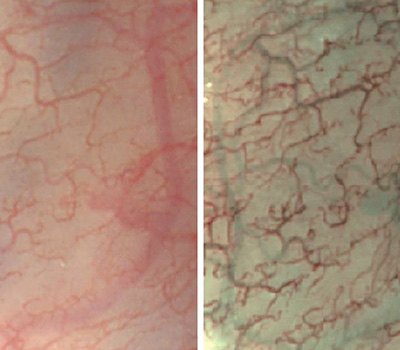
Endoscopes sometimes use white light as a light source, and some occasions require the use of specific wavelengths. More applications are violet light 415nm, green light 540nm, red light 600n, as shown in the figure, when 415nm violet light and 600nm irradiation to the organ tissues, blood vessels in in the monitor has a clearer performance.
At this point, one of the more important aspects involved is the use of light sources. In the traditional method, endoscopes use high-power hernia lamps as a light source, because the hernia lamp is a thermal light source, the light is a mixture of light, broad spectrum, in the use of filters need to use the unwanted wavelengths filtered out, and only take out the specific wavelengths of the light used for irradiation. It is also because of this characteristic that the old NBI is more complicated in optical design, resulting in high cost and also not conducive to miniaturization.
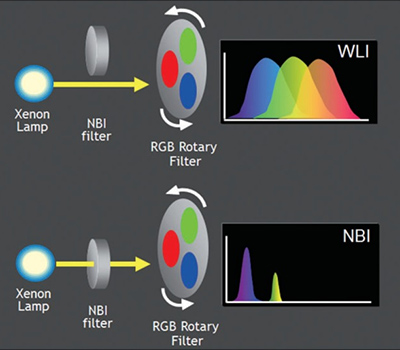
The popularity of LEDs has been a boon to endoscopes, as the LEDs themselves are very small and naturally narrow-banded. In the case of narrow band, LED can achieve a bandwidth of plus or minus 2.5nm in the center wave. In the case where a wide spectrum is required, a wide spectrum can be realized by multi-band mixing, which is a better choice for endoscopic systems.

